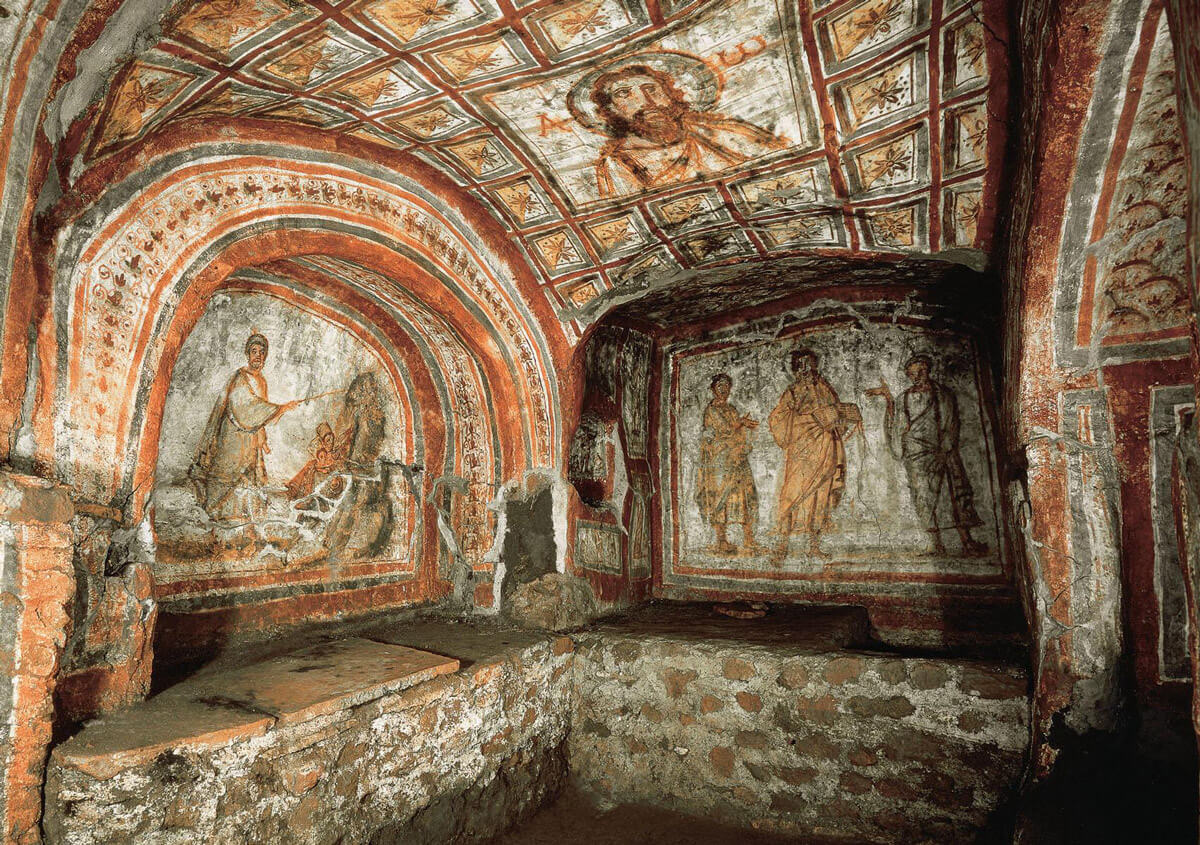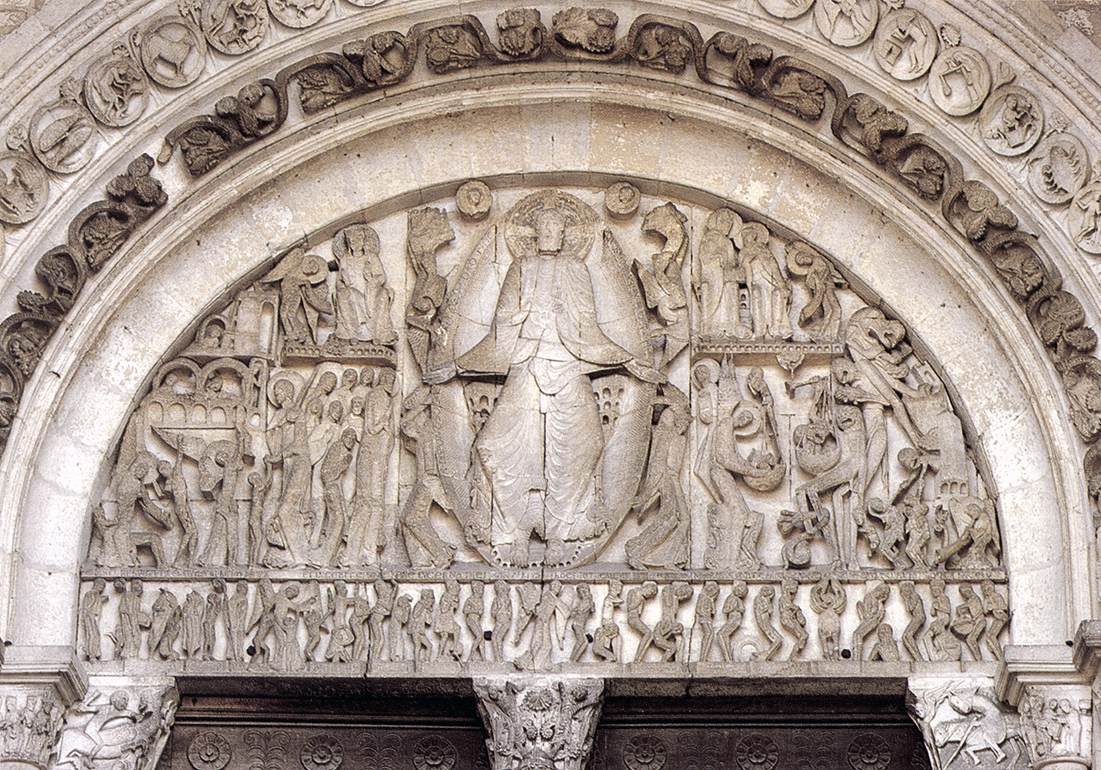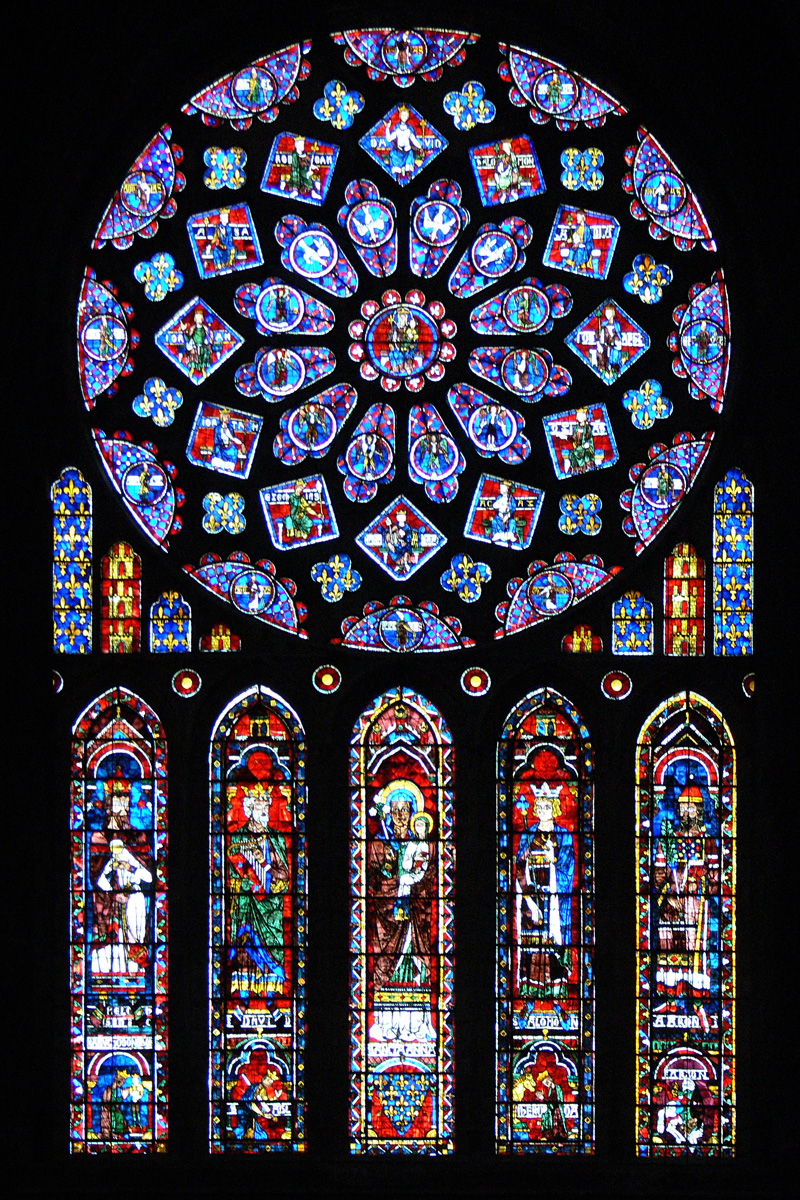Explore the visual history of Medieval art, focusing on Gothic architecture and religious iconography that shaped artistic expression and culture.
Medieval art, encompassing styles such as Gothic architecture, Romanesque sculpture, and illuminated manuscripts, reflects the rich religious and cultural heritage of the time. From the shimmering Byzantine mosaics to the symbolic religious iconography, this art left a profound legacy that endures today. Masterpieces like the Chartres Cathedral, the Bayeux Tapestry, and works from the Carolingian period contribute to the visual history of this remarkable era. These works continue to inspire and inform our understanding of the depth and complexity of medieval art and its lasting influence.
I. Overview of Medieval Art’s Chronology
Medieval art spans over 1,000 years, from the fall of the Roman Empire in the 5th century to the rise of the Renaissance in the 15th century. During this time, it was heavily influenced by major cultural, political, and religious changes, with the Church playing a central role in commissioning art to glorify the Christian faith. The period saw the development of Gothic architecture, known for its towering cathedrals and intricate design, and the use of religious iconography, which became a powerful tool for conveying spiritual themes and biblical stories.
1. Early Christian Art (c. 260–525)
Early Christian art emerged during the late Roman Empire, reflecting the evolving Christian worldview amidst periods of persecution. Much of this art is hidden in catacombs and other discreet locations, where early Christians expressed their faith through symbolic and modest religious iconography. This art laid the foundation for the rich tradition of visual history that would later flourish in Gothic architecture, as religious expression became more public and monumental in scope.

Catacombs of Rome
In these underground burial places, Christians expressed their beliefs through frescoes, showing Christ as the Good Shepherd and depicting scenes from the Old Testament, with a focus on themes of salvation and resurrection.
Sarcophagi
Wealthy Christians commissioned elaborately decorated sarcophagi. The Sarcophagus of Junius Bassus (c. 359), a notable example, features reliefs depicting both Old and New Testament scenes, showcasing the triumph of Christianity over paganism.
2. Byzantine Art (c. 330–1453)

Byzantine art, developed in the Eastern Roman Empire, is renowned for its religious focus, vibrant use of gold, and mosaic work. Its distinct style aimed to convey spiritual truths rather than physical realism.
Mosaics in Byzantine Art
The mosaics, especially those in the Hagia Sophia, reflect the grandeur of the Byzantine Empire. Mosaics were made from tiny colored glass or stone pieces (tesserae) and depicted religious scenes in shimmering, ethereal light.
The Hagia Sophia
Commissioned by Emperor Justinian, the Hagia Sophia became the epitome of Byzantine architectural splendor. The vast dome and interior mosaics of Christ, the Virgin Mary, and saints symbolize the divine, with light flooding through windows to illuminate the gold-tiled surfaces.
Icons and Religious Imagery
Icons, such as the famous Icon of Christ Pantocrator, were key features of Byzantine religious practice. Painted on wood, these sacred images were used in private devotion and church decoration.
3. Insular and Carolingian Art (c. 600–900)

The art of this period saw a fusion of local traditions, particularly in the British Isles and the Carolingian Empire, with classical Roman influences.
Insular Art and Illuminated Manuscripts
Illuminated manuscripts flourished during the Insular period. The Book of Kells (c. 800) is a masterpiece of Insular art, renowned for its intricate interlaced patterns, fantastical creatures, and vibrant colors. Each page is a work of devotion, created by monks in Ireland.
Lindisfarne Gospels (c. 700)

Another iconic work from the British Isles, the Lindisfarne Gospels features Celtic knotwork, animal motifs, and vibrant color. It combines pagan and Christian iconography in a visually stunning display.
Carolingian Renaissance
Under Charlemagne, the Carolingian Renaissance revived classical Roman art. The Palatine Chapel in Aachen, with its Roman-inspired octagonal structure, and the Coronation Gospels are prime examples of the period’s emphasis on realism and monumental architecture.
4. Romanesque Art (c. 1000–1150)
The Romanesque period introduced a monumental style to both architecture and sculpture, characterized by massive structures and intricate artwork. The Church, seeking to convey its authority, commissioned these large-scale buildings and detailed carvings, laying the foundation for later developments in Gothic architecture. This era marked a significant moment in visual history, with religious iconography playing a central role in the artistic expression of faith through grand architectural designs and sculptural works that depicted biblical narratives and spiritual themes.

Romanesque Architecture
Churches such as Santiago de Compostela in Spain and Cluny Abbey in France are hallmarks of Romanesque architecture. These buildings are characterized by their thick walls, rounded arches, and sturdy construction, designed to evoke awe.
Santiago de Compostela
A pilgrimage site, Santiago de Compostela features Romanesque elements, including a grand facade and detailed sculptures that narrate biblical stories.
Sculpture in the Romanesque Period

Romanesque sculpture adorned church portals, depicting religious narratives in expressive, elongated forms. The Last Judgment Tympanum at Autun Cathedral, sculpted by Gislebertus, is one of the most famous examples, with dramatic, exaggerated figures teaching moral lessons to the illiterate population.
The Winchester Bible

In the realm of illuminated manuscripts, the Winchester Bible stands out for its richly decorated narrative scenes and large format. It remains one of the most impressive examples of Romanesque manuscript art.
5. Gothic Art (c. 1150–1400)
Gothic art, beginning in France, introduced new techniques that allowed for taller, more elaborate structures. The focus shifted toward light and height, as seen in the development of Gothic architecture.
Gothic Architecture and Innovation
.jpg)
Iconic buildings like Notre-Dame de Paris and Chartres Cathedral are quintessential examples of Gothic architecture, featuring pointed arches, flying buttresses, and ribbed vaults. These innovations allowed architects to design taller, more delicate structures filled with light, enhancing the spiritual atmosphere inside. As monumental achievements in visual history, these cathedrals not only showcase architectural ingenuity but also serve as powerful expressions of religious iconography, with intricate sculptures and stained glass windows depicting biblical stories and spiritual themes.
Chartres Cathedral

The Chartres Cathedral, with its detailed facade and soaring towers, is an exemplary Gothic structure. Its renowned stained glass windows, including the Rose Window, depict biblical scenes in vivid, colored glass, transforming the church into a space of divine light.
Stained Glass in Gothic Churches
Stained glass became a hallmark of Gothic cathedrals, with large windows designed to tell biblical stories. The light filtering through the intricate glass patterns was meant to symbolize the presence of God.
Reims Cathedral Sculpture

The sculpture on the West Facade of Reims Cathedral demonstrates a new level of naturalism, with lifelike figures portraying emotion and drama. This shift towards realism marked a significant departure from the more stylized forms of Romanesque sculpture, highlighting a transformative moment in visual history. As a key example of Gothic architecture, Reims Cathedral not only showcases architectural innovation but also advances in religious iconography, where emotional expression became an important tool in conveying spiritual narratives.
Techniques and Mediums in Medieval Art
Medieval artists employed a variety of techniques, many of which profoundly shaped future artistic practices. Their use of intricate religious iconography in mediums like stained glass and illuminated manuscripts set new standards for conveying spiritual narratives. The innovations in Gothic architecture, with its towering cathedrals and delicate stone carvings, further enhanced the visual history of the period, influencing the trajectory of European art for centuries to come.
Frescoes
Fresco painting was a popular medium for decorating church walls. Pigments were applied directly onto wet plaster, creating large, continuous compositions that depicted biblical narratives. This technique can be seen throughout Romanesque and Gothic churches.
Illuminated Manuscripts
Monks in monasteries spent years creating these hand-copied, lavishly decorated books. The Lindisfarne Gospels and Book of Kells are key examples, featuring gold leaf, vibrant colors, and intricate illustrations. Illuminated manuscripts were often religious in nature but also included secular works.
Stained Glass Windows

Large, colorful stained glass windows became integral to Gothic churches, particularly in France. Artists used pieces of colored glass, held together with lead strips, to create elaborate biblical scenes. The Rose Window at Chartres Cathedral is one of the most iconic examples of this medium, with its intricate storytelling and vibrant color.
Mosaics in Byzantine Art
Byzantine mosaics, particularly in the Hagia Sophia, are a stunning example of religious iconography. Crafted from small glass or stone pieces, these mosaics depict religious figures and scenes, shimmering with divine light that reflects the spiritual intensity of the time. As a hallmark of Byzantine artistic achievement, these mosaics hold a prominent place in the visual history of the medieval world, alongside the towering splendor of Gothic architecture, both of which continue to influence the history of art and architecture.
Tapestry

The woven Bayeux Tapestry, which narrates the Norman conquest of England, is one of the most famous examples of medieval tapestry work. Tapestries were often used to decorate the walls of castles and churches, blending decorative and educational elements.
The Legacy of Medieval Art
Medieval art laid the foundation for the Renaissance and continued to influence European art for centuries. The religious themes, symbolism, and technical innovations of fresco painting, stained glass, and manuscript illumination established enduring standards for future generations. The preservation of classical knowledge in medieval manuscripts ensured that ancient texts would survive, fueling intellectual and artistic growth in later periods. With its rich religious iconography and the grandeur of Gothic architecture, medieval art remains a cornerstone of European visual history, embodying the spiritual, intellectual, and creative achievements of the time.
